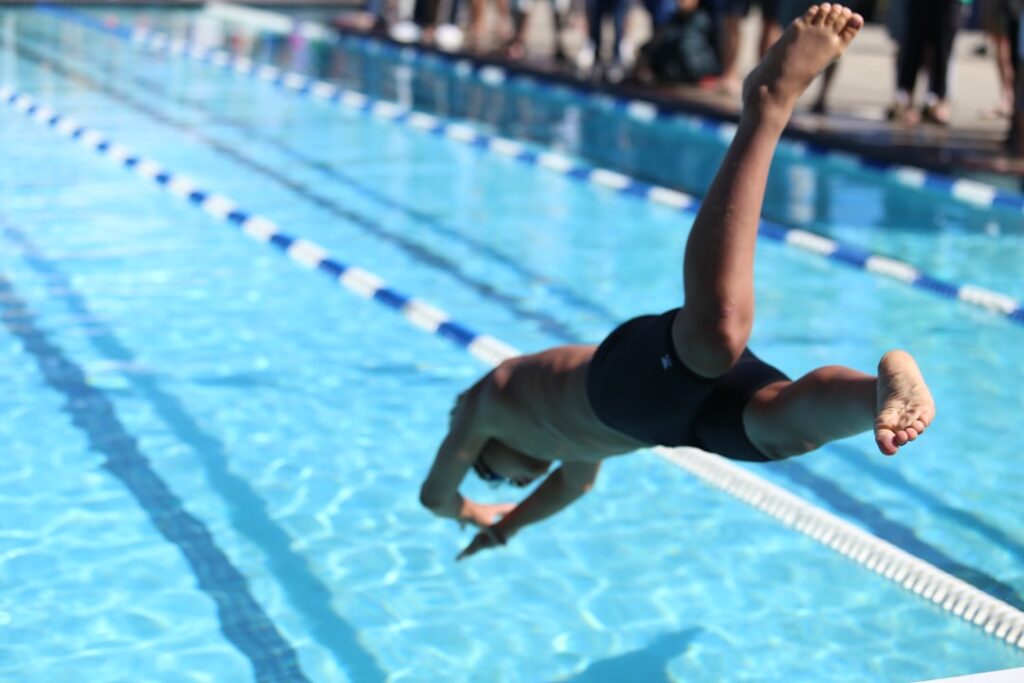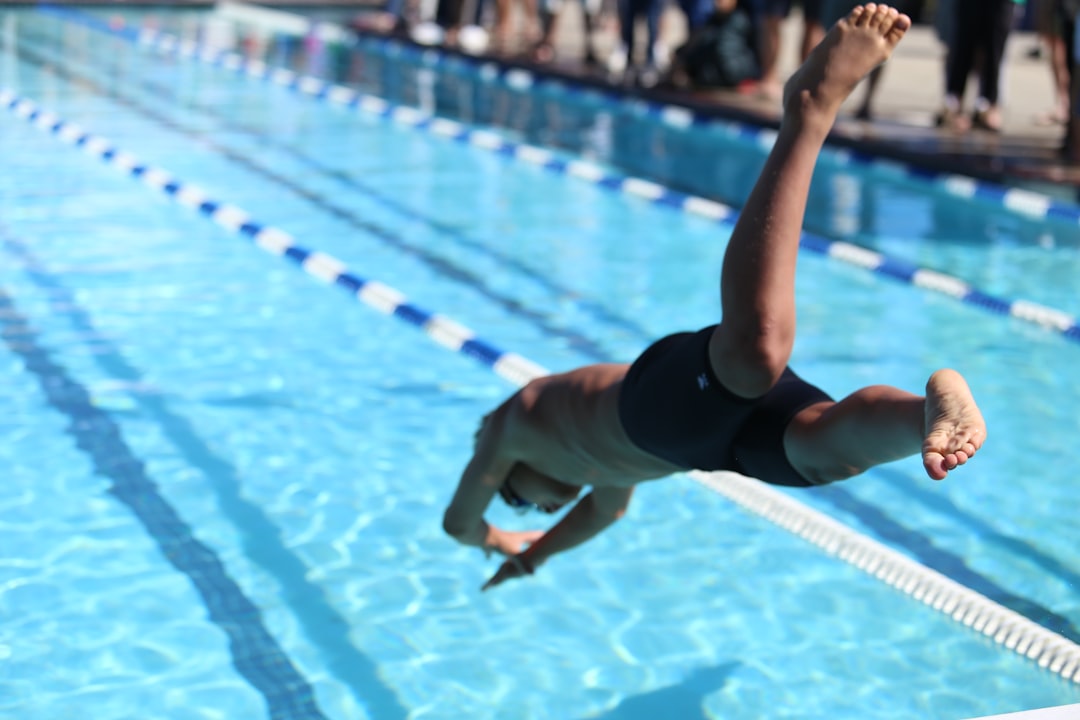
Materials are one of the primary considerations when selecting a swim cap. Silicone, latex, and lycra are the most common options, each with its own benefits. Silicone caps are known for their durability and snug fit, making them a favorite for competitive events. Latex caps are thinner and lighter but less durable, while lycra caps offer comfort and breathability, ideal for longer training sessions.
Fit is another key factor. A well-fitting swim cap should be tight enough to stay in place without causing discomfort. It should cover the hair completely and sit smoothly on the head to minimize resistance in the water. Poorly fitting caps can slip off during a race or cause unnecessary distraction.
Many swimmers also consider the cap’s shape and design. Dome-shaped caps are often preferred for racing due to their hydrodynamic profile. Some athletes opt for custom-printed caps to express team identity or personal style, especially during meets where team spirit is high. For those interested in creating personalized gear, custom swim caps for teams offer both function and flair.
Proper care can extend the life of a swim cap. Rinsing it with fresh water after each use and allowing it to air dry away from direct sunlight helps prevent material breakdown. Storing the cap flat or in a protective case also reduces the risk of tearing, especially for latex options that are more prone to damage.
In addition to their performance benefits, swim caps serve hygienic purposes. They help keep pools cleaner by reducing the amount of hair that enters the water. For swimmers with long hair, caps keep strands from obstructing vision or interfering with breathing techniques. These practical advantages make them a required item at most competitive swimming facilities.
The history of swim caps dates back to the early 20th century, evolving from rubberized fabrics to today’s high-performance materials. Over time, innovations have led to better fits, smoother surfaces, and more durable designs. As with other swim gear, technological advancements continue to influence the development of competitive swim caps.
When shopping for swim caps, it’s important to consider where to buy them. Reputable swim shops and specialized online retailers typically offer a wide selection tailored to competitive needs. A useful resource to compare swim cap materials and performance can help swimmers make informed decisions based on their specific goals.
Ultimately, the right swim cap supports a swimmer’s performance by reducing drag and improving comfort. Whether racing in the pool or training for a meet, having the appropriate gear contributes to a better overall experience. Competitive swim caps may be small, but their impact in the water is anything but.




